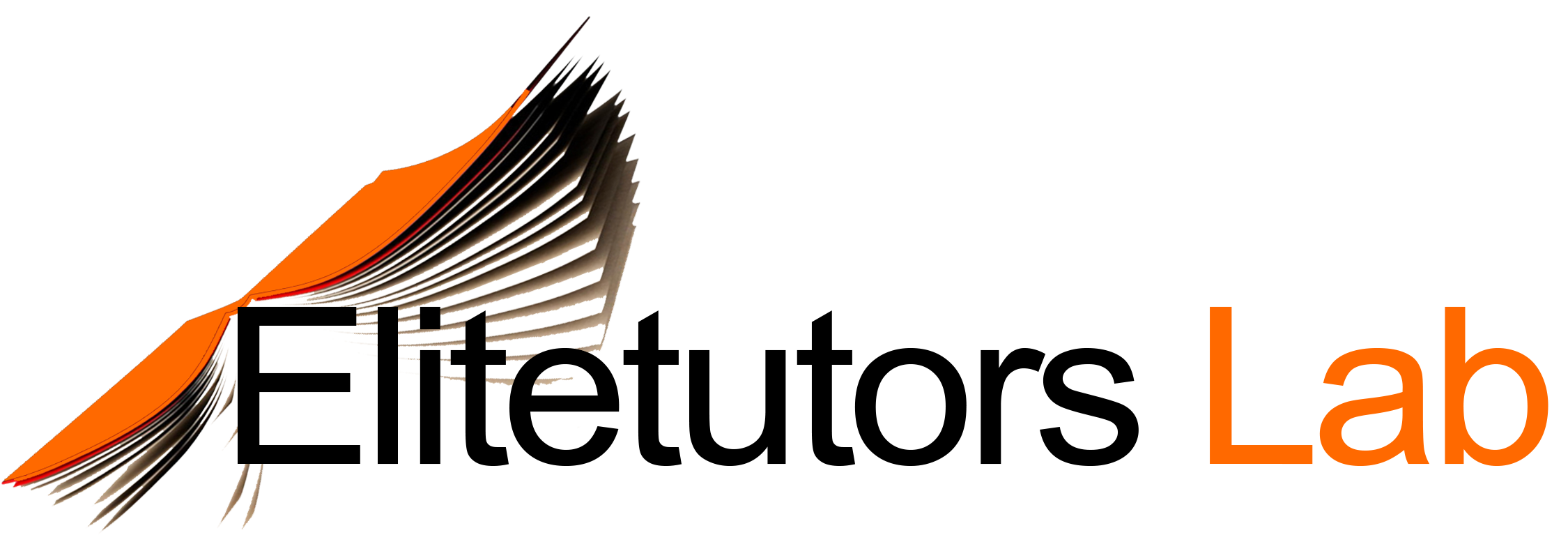Answer to each number (10 answers) must be at least 3-5 sentences long each and *thoroughly answered.
Own words. No Direct Quotes. Turnitin Used.
Cite Information, References for each chapter provided.
APA 7 format. Times New Roman, 12. Double spacing between lines, no extra spacing between paragraphs. *Regular spacing between words* 1” margins. MS Word doc.
- Explain the difference between disclosing and apologizing when a medical error occurs.
- Describe the barriers to disclosure and responses.
- Contained in the University of Michigan Health System case is a description of program elements. Explain the Who, What, When, and How of disclosure.
- Explain apology laws.
- Explain why the quality of disclosure matters.
- Explain PEARL and the documented success of PEARL.
- Describe the key difference between civil litigation and criminal prosecution.
- What advice does one offer to a doctor, nurse, pharmacist, or other healthcare provider involved in a devastating event, particularly when a death occurs?
- Describe the issues that need to be address in preparation for a disaster.
- When planning and implementing a disaster-response plan, explain why planning and communication are not enough of a plan.
References
Ankowicz, D. (2011). Criminalization oh healthcare negligence. In B.J. Youngberg (Ed.), Principles of risk management and patient safety (pp. 265-278). Jones & Bartlett Learning.
Begalle, M. L. (2011). Preparing for and limiting potential liability for medical care provided during disaster events. In B.J. Youngberg (Ed.), Principles of risk management and patient safety (pp. 279-290). Jones & Bartlett Learning.
Bernard, R., & Driver, J.F. (2011). Developing early-offer programs following disclosure. In B.J. Youngberg (Ed.), Principles of risk management and patient safety (pp. 253-264). Jones & Bartlett Learning.
Hill-Davis, N. (2011). Full disclosure as a risk management imperative. In B.J. Youngberg (Ed.), Principles of risk management and patient safety (pp. 215-224). Jones & Bartlett Learning.
Schostok, K. V. (2011). The development of full-disclosure programs: Case studies of programs that have demonstrated value. In B.J. Youngberg (Ed.), Principles of risk management and patient safety (pp. 225-252). Jones & Bartlett Learning.
Possible Sources
The criminalization of mistakes in nursing https://www.sciencedirect.com/science/article/abs/pii/S1555415511003400
Talking about harmful medical errors with patients http://depts.washington.edu/toolbox/errors.html
American Society for Health Care Risk Management, Strategic Plan https://www.ashrm.org/about/governance/2019-2021-strategic%20plan
American Health Information Management Association http://www.ahima.org/
Agency for Healthcare Research and Quality https://www.ahrq.gov/
AHRQ Patient Safety Network https://psnet.ahrq.gov/
AHRQ Innovations Exchange https://innovations.ahrq.gov/
CMS, Regulations and Guidance https://www.cms.gov/Research-Statistics-Data-and-Systems/Research-Statistics-Data-and-Systems
CMS, Innovations https://innovation.cms.gov/
VA HSR&D COINS https://www.hsrd.research.va.gov/centers/
NIH Medline Plus https://medlineplus.gov/patientsafety.html
Place your order now for a similar paper and have exceptional work written by our team of experts to guarantee you A Results
Why Choose US:
11+ years experience on custom writing
90% Return Client
Urgent 3 Hrs Delivery
Your Privacy Guaranteed
Unlimited Free Revisions
Money Back Guarantee
